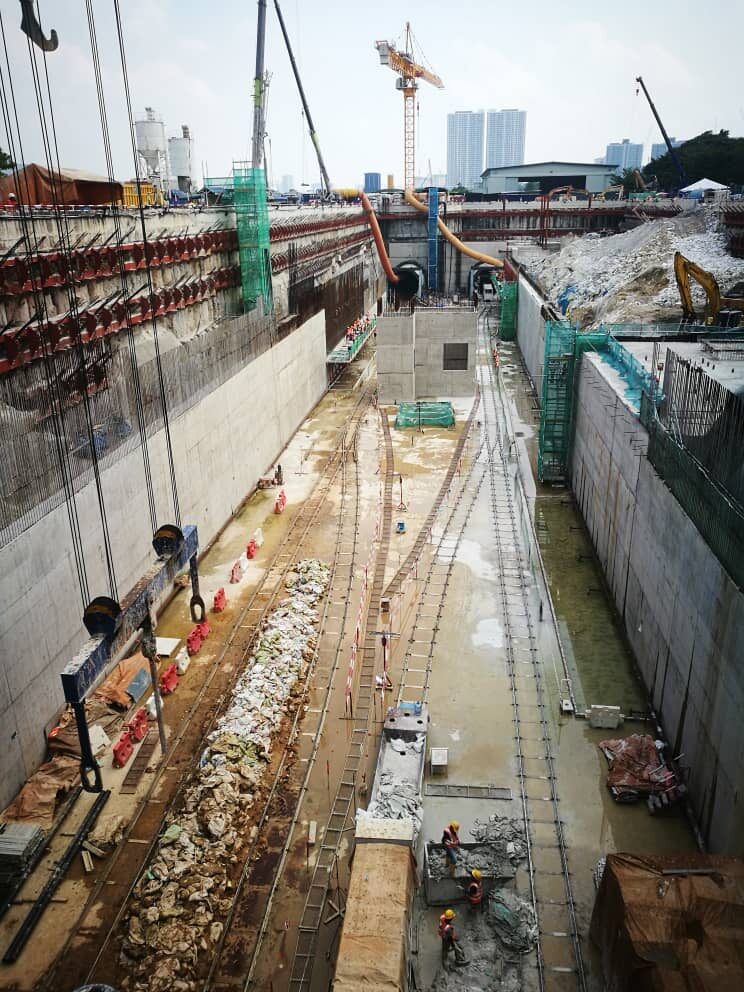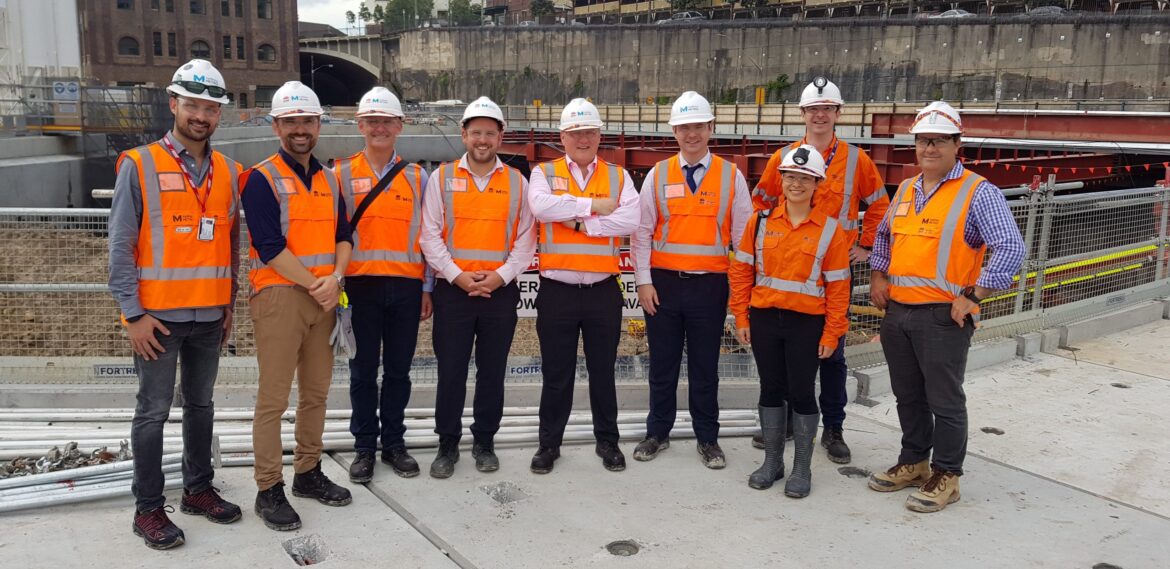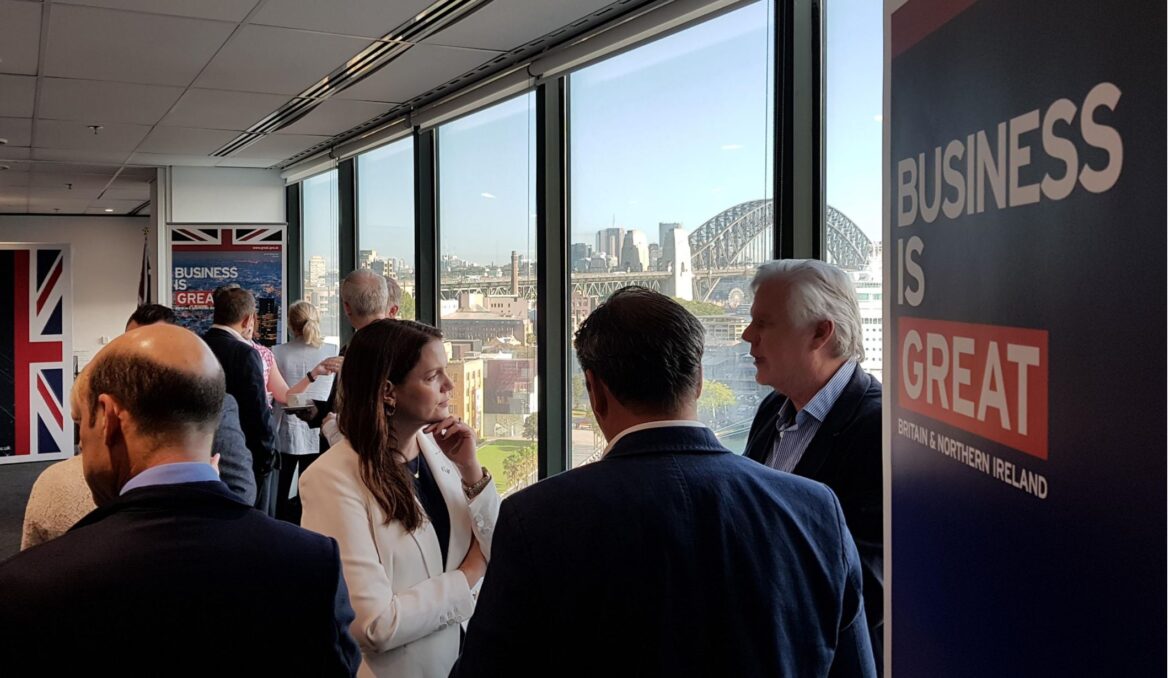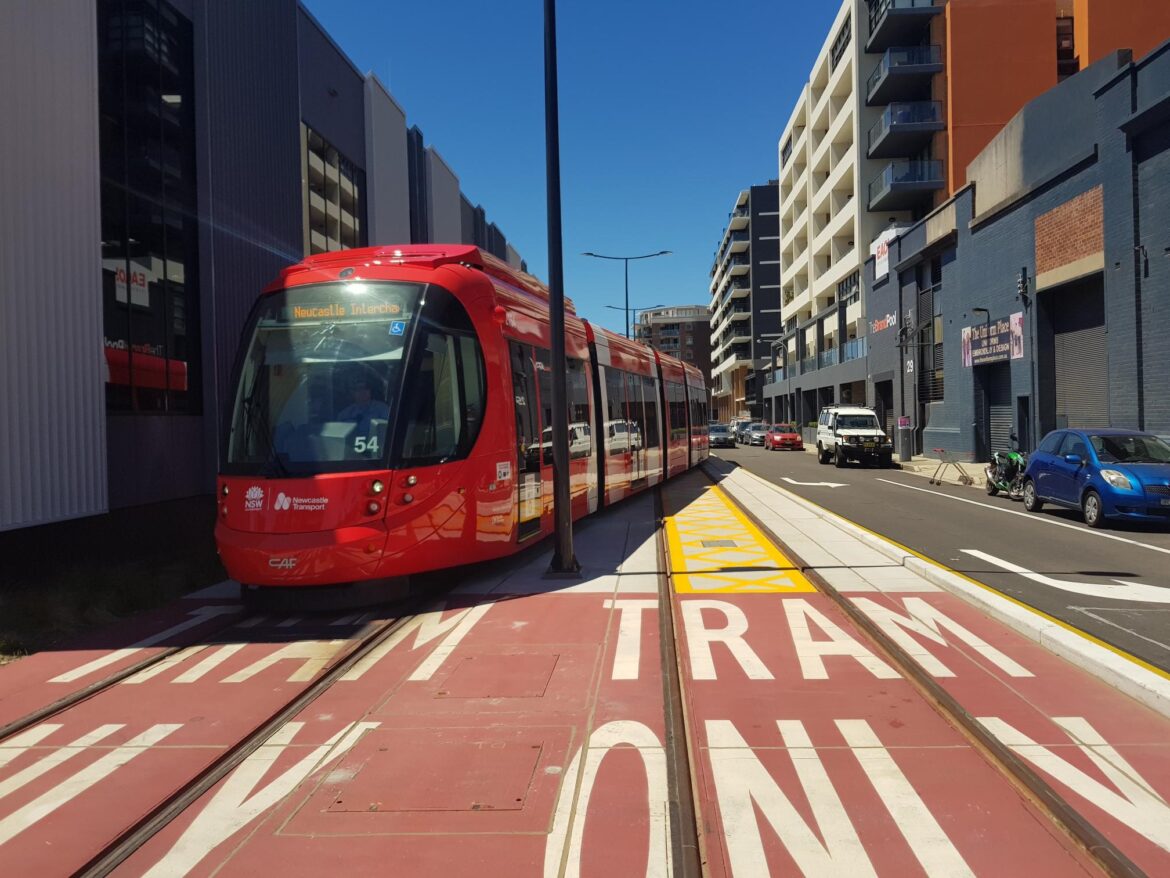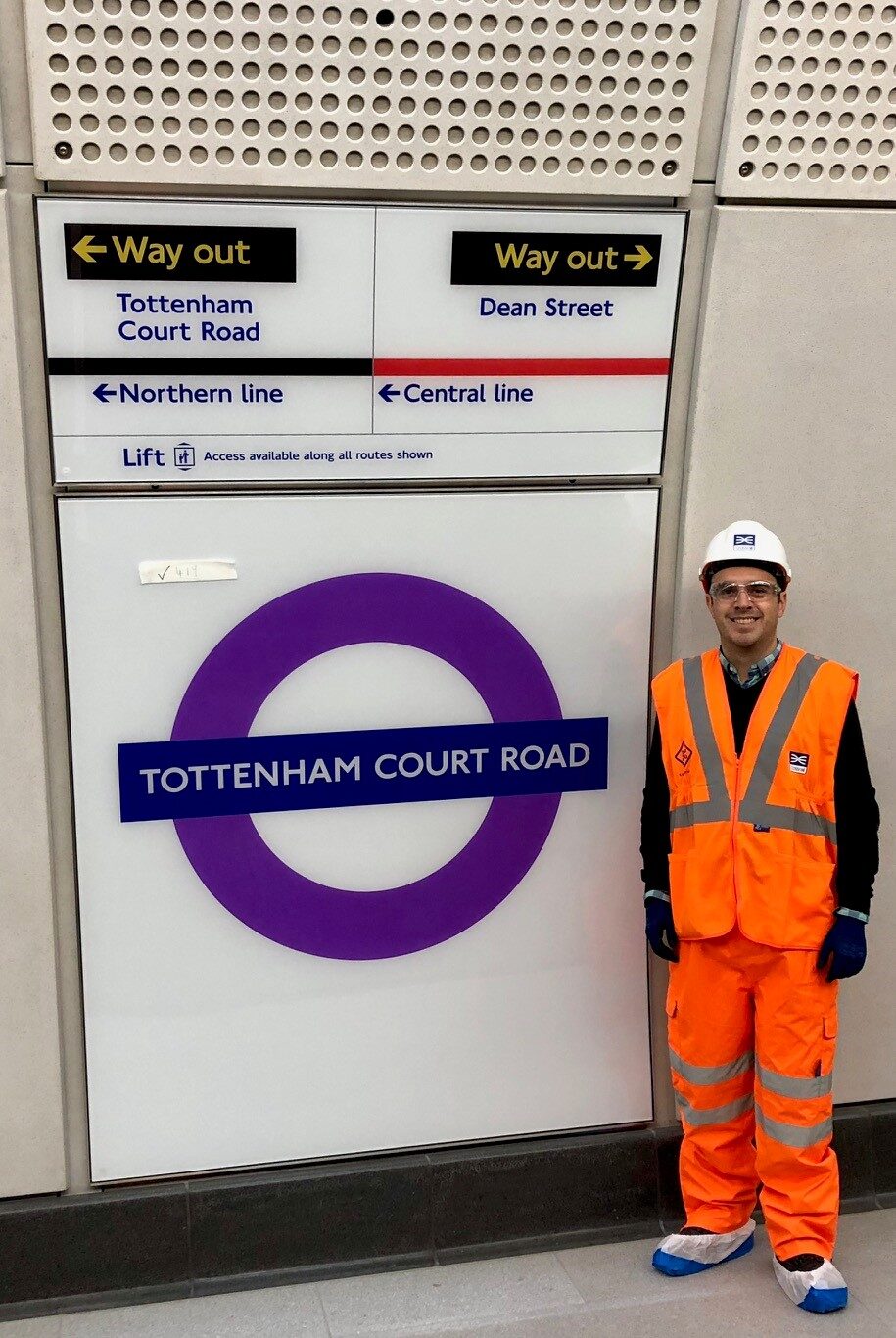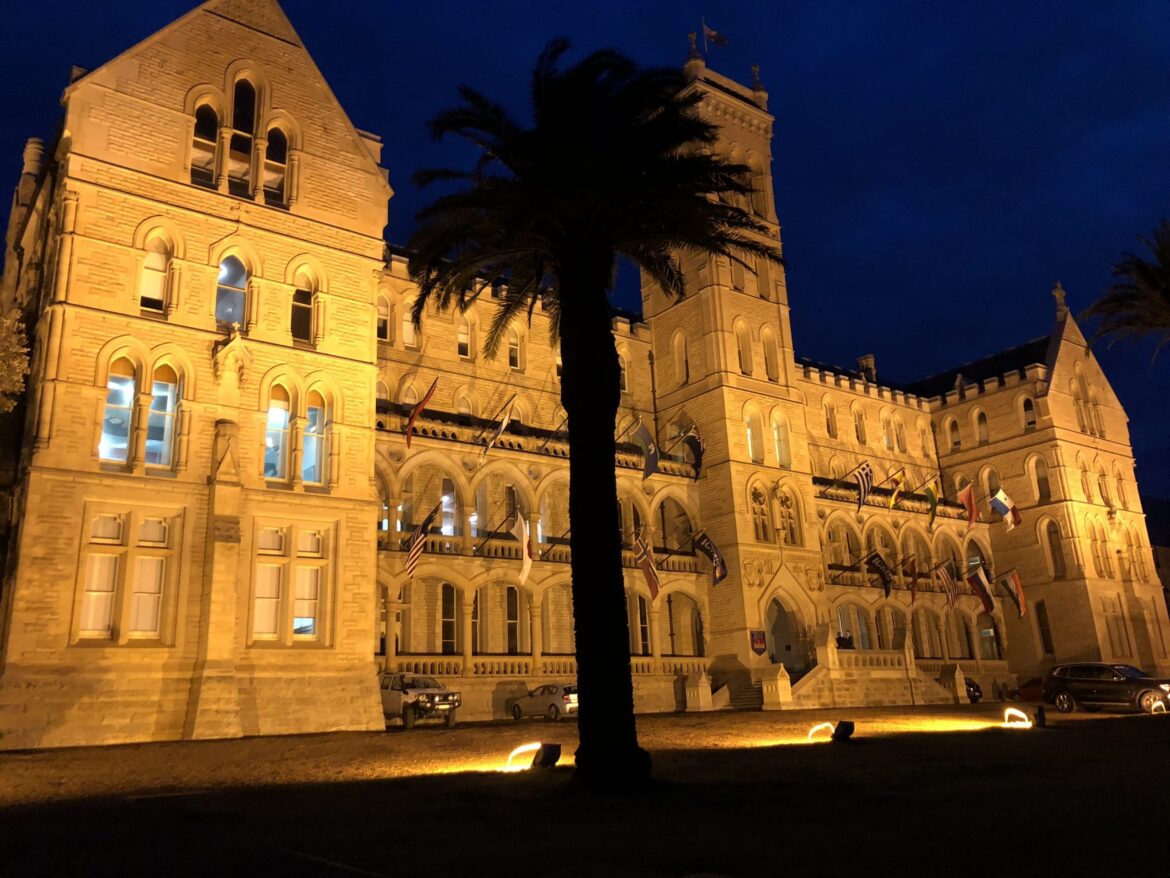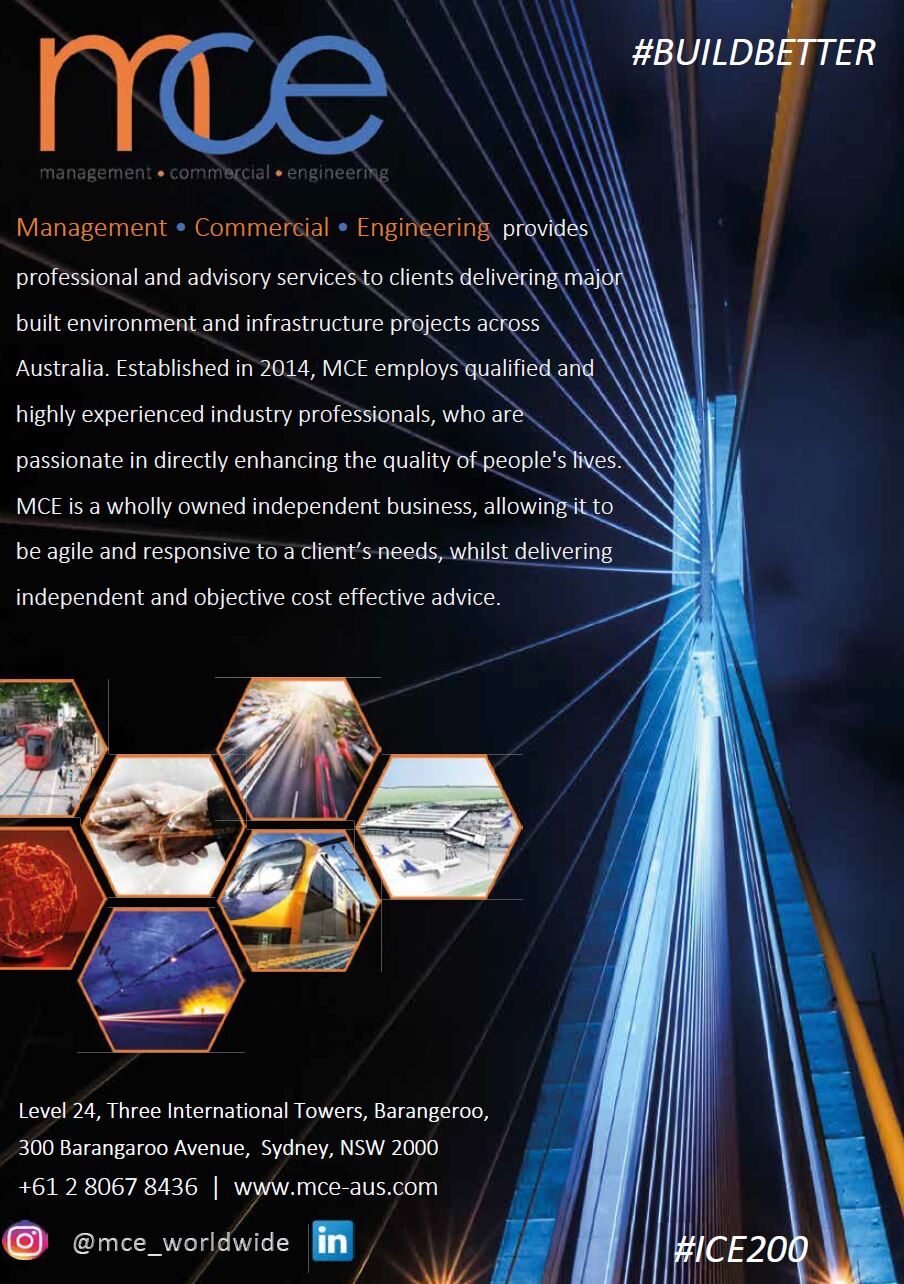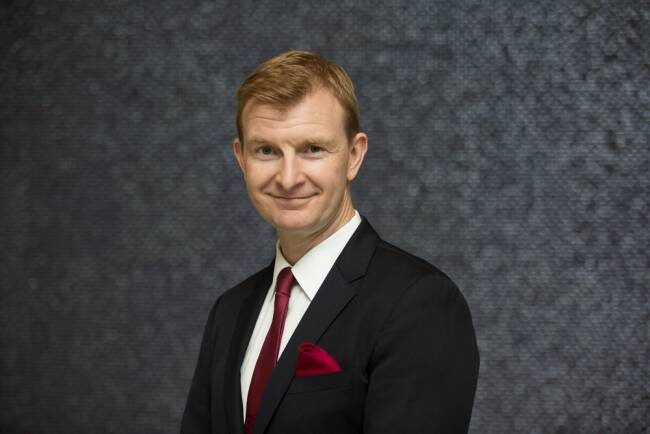2018 marks the 200th year of the Institution of Civil Engineers. To mark this occasion, in September this year we held the Australasia ICE200 Conference – Engineers Transforming the World at the International College of Management in Manly, Sydney. As the inaugural Australasian Conference; it was a celebration of civil engineering, our impacts on society, turning to the future of engineering and emerging technologies. Topical discourse in the current period of unprecedented investment in social infrastructure in Australasia and globally, driving our need to deliver more efficiently.
The two-day conference attracted an industry-wide speaker panel of 18 engineering global industry leaders and was attended by over 400 built environment professionals from UK, USA and across Asia Pacific, Australia and New Zealand. The conference’s resounding success was due to a series of engaging presentations which raised a variety of questions and discussion from the audience. Additionally, two lively panel debates addressed current and future civil engineering issues for the region.
As Master of Ceremonies for the conference, I had the honour of keeping the proceedings flowing and relevant. I opened the first day by welcoming Professor Tim Broyd the Institution’s immediate past President to the stage. Professor Broyd opened the two-day conference by welcoming all attendees and speakers. He discussed the importance of Civil Engineering to society and the theme of the ICE’s 200th year – why we are invisible superheroes. He stressed the importance of harnessing the digital future of the construction industry worldwide and welcomed our Key Note Speaker, Rodd Staples.
Rodd Staples, the Secretary for TfNSW (Transport for NSW) gave his key note address on ‘Planning Infrastructure for Tomorrows Generation’ which set the scene for the presentations which followed over the two days. He reflected on his early passion for engineering, whilst growing up near the beach and being fascinated by dredging of Botany Bay. He was hopeful that the projects Transport for NSW are delivering will equally inspire the younger generation to consider a career in STEM (Science, Technology Engineering and Maths).
The Key Note address was followed by Adrian Dwyer, Chief Executive Officer for Infrastructure Partnerships Australia presentation on ‘Strategic Planning for the Future’. Adrian discussed strategic planning for the future giving lessons learned from the past. He provided valuable insight into the case for economic reform and whether Australia is prepared for future turbulence and responded to some lively questions from the audience concerning the relationships between politics, economics and infrastructure investment.
Adrian was followed by Richard Threlfall, Global Head of Infrastructure, KPMG International, presentation on ‘Project 13 – Delivering Major Infrastructure Projects and Programmes’. Richard provided the majority Australian and New Zealand audience with a valuable first introduction and insight into Project 13, a new business model based on an enterprise not on traditional transactional arrangements. Project 13 will boost certainty and productivity in delivery, improve whole life outcomes and support a more sustainable, innovative, highly skilled industry. This model sparked immense interest from the audience at question time as it was clear that this methodology will be adapted globally.
Fraser McMillan, Partner at Pinsent Masons, presentation on ‘Engineering – a lawyers prospective’ provided valuable insight into ways to achieve better alignment between engineers and lawyers, effectively stating that the government and not their lawyers should determine the future of procurement in Australia with reference to standard forms of tried and tested contract such as NEC.
Sarah Sinclair CEng FICE, Auckland City Council’s Chief Engineer presentation on ‘Managing a city for the future’ shared her knowledge and insight into challenges faced by Auckland City council, how to manage the development of a city for major population growth and how they were overcome; highlighting similarities that other cities will face.
After lunch we welcomed the ICE’s 2018 ICE Australasia touring speaker; Dr Andrew Harris, whose presentation on ’The future of civil engineering’ provided valuable insight into many of the exciting ‘disruptive’ innovations on the horizon. Dr Andrew Harris was presented his Fellowship to the Institution of Civil Engineers by Professor Tim Broyd in recognition to his contributions to the industry from his peers.
Stacey Ryan, Job Title, Intelligent Transport Solutions (ITS), presentation on ‘Mobility as a Service (MaaS)’. Stacy discussed the findings of ITS’s mobility as a service report provided valuable insight into ‘customer expectations’ of future transport networks. She discussed the gap in that first mile/last mile of transport users journey to get to the main transport hub, and then get home again. A concept of mobility as a service was developed in Finland and has been adapted by Australia. NSW has achieved a world first for its public transport interchange priority system (PTIPS) which gives buses priority use of traffic lights. MaaS services like Ride Plus are complementary overlays in mass transport systems. Although few people like to switch transport modes, they are becoming increasingly aware of the benefits in terms of saving time and money. Too detailed compared to the other speaker precis above.
Jason Hutchings, SNC-Lavalin Atkins, presentation on ‘Expansion of the Transport Oriented Development model across Asia Pacific’ provided valuable insight into the ‘future’ customers experience at transit hubs as we integrate technology with human centred infrastructure design. Jason discussed how the interaction of people with the infrastructure will be changed. The integrated and technology driven approach enables engineers to focus on customer experience, the impact in station planning of ‘invisible’ fare collection and the need to future-proof our transit hubs against social change.
The afternoon’s moderated panel debate included Professor Tim Broyd, Richard Threlfall, Susan Harris, Professor Andrew Harris and Stephen Troughton. Their debate focussed on Engineering the past, present and future with concepts of harnessing new technologies and how we will manage our growing population whilst maintaining an acceptable quality of life being discussed.
At the Gala evening dinner, Professor Tim Broyd welcomed our surprise Master for Ceremonies for the evening, Howard Collin OBE, Chief Executive of Sydney Trains. Howard continued the Engineering Superheroes theme giving some examples from his own experience at Sydney Trains and London Underground. He also shared some light-hearted anecdotes throughout the evening which the audience enjoyed.
The second day had a lot to live up to and it did not disappoint. The key note address was provided by the Institution’s twelve International Brunel lecturer, Linda Miller, Construction Director at Bechtel and titled ‘Dreaming Big -Transportation Infrastructure and Interdisciplinary Interfaces on Complex Mega Projects’. Her lecture discussed new government priorities, funding models and stakeholder engagement methods being crafted. Linda asked what is it that leaders and engineers in great, powerful, intelligent transport projects need to do, and how can they thrive amidst the changing nature of engineering in the context of the emerging needs and capacities of the next generation. Linda addressed all the concepts, using six “inescapables” to embrace and act upon. Professor Tim Broyd presented Linda with her Fellowship to the Institution of Civil Engineers in recognition of her delivery expertise, achievements and contribution to the industry and society and an engineer.
David Silvester, Principal for Beca (previously the Deputy Secretary), Transport for Victoria gave a presentation on ‘Strategic transport & land planning’; reflecting on his experience from both New Zealand and Australia. David provided valuable insight into the benefits and importance of co-designing with the community. He shared his thoughts that future transport solutions will involve a mix of conventional transport networks including mass transit, integration with land use, use of disruptive technology, and use of intelligent transport systems.
Simon Vaux, Director Digital Engineer, Transport for New South Wales (TfNSW) and Chair for Australia’s National Digital Engineering Working Group, presented on ‘A Long Term Strategy To Integrate Digital Engineering In Transport For NSW’. Simon gave an overview of how Transport for NSW has developed a long-term strategy to integrate Digital Engineering into its portfolio and across the asset lifecycle. He examined how Digital Engineering is transforming the delivery of major infrastructure, and the emerging challenges and opportunities that this brings. He provided insights into the steps that Transport is taking to drive innovation transform business processes and achieve successful collaborative outcomes across industry and the complete lifecycle of infrastructure.
Keeping the theme of digital engineering, Ben Harland, Digital Delivery Leader, Mott Macdonald presented on ‘Digital Engineering in Practice’. Ben described how graphics can both mask a tightly coordinated data-rich digital asset or a hastily cobbled together bunch of shapes. He told the audience how being able to discern and actualise the difference is an increasingly crucial need in almost every area of industry. Ben gave examples of how starting digitally with the end in mind would lead to better outcomes for all.
Ben was followed by Dr Douglas Wilson, Senior Lecturer, University of Auckland, presentation on ‘Future Mobility’; describing the uptake of past technologies, transport technologies under development, possible future transport scenarios and the importance of identifying the future we want. He discussed the specialised and multi-disciplinary skills that are increasingly required in transportation engineering to plan, design, construct, operate and maintain transportation infrastructure but additionally in the new systems to deliver multi modal transport services. Important ethical and social responsibility issues regarding what are the key and significant problems in the transport sector will enable discussion on how the future civil engineering profession can best prepare and enable communities to thrive.
Andrew Messenger, Arrivo Corporation Australia, presentation on ‘Embracing future technologies’ explained how the infrastructure world is at the cusp of major transformation with once nascent technologies coming online quickly and being implemented into the built environment. He described new transportation technologies, which civil engineers need to be prepared for, the coming changes and how it may impact our profession and society. Andrew gave examples of how the civil engineering industry can prepare for the future but also share thoughts as to how innovation in a major industry such as transportation will be very different from past technology adoption.
Professor Brian Uy, Head of Civil Engineering, The University of Sydney, presented on ‘Future ideas on structural steel materials and systems that will transform the world’. Brian shared recent research conducted by his team at the University of Sydney, including high performance steels – high strength, stainless and weathering steels and their practical industry applications. He showed where these materials had been adopted for the use in iconic global projects, well before design procedures have been developed into standards
Niall Brady, Arup’s Digital Engineering Lead presented on ‘Digital innovation in design for Parramatta light rail’, provided a valuable case study of the use of digital engineering in detailed design and work packages. Niall’s project-based presentation described a detailed 3D model for all disciplines including road alignment, pavement, signage, line marking, landscaping and utilities. Using customised tools, the design team applied unique naming to all design elements and location based codes to enable 4D BIM (time) and 5D BIM (cost) to be applied during the construction phase of the project. The design also considered asset management (6D BIM) and the handover of the models at each stage.
Grant Bowery, Director Turner & Townsend gave the closing presentation on ‘Value Capture Models; Maximising returns for Infrastructure’. Grant described how infrastructure investment is recognised as a tool to increase productivity, facilitate trade and industry and to address demographic and behavioural changes in society. Unfortunately achieving the optimum value for money invested can be challenging. Grant explained how engagement with industry is essential to create opportunities to maximise returns, which can be achieved through holistic design driven by active value, high-quality procurement and delivery management. He described how the ability of the public sector to fund infrastructure requirements is limited and other alternative funding models need to be embraced e.g. Public-Private Partnerships and asset recycling.
The second panel debate followed, facilitated by Rob Buchanan , Partner, Pinsent Masons. The debate discussed the challenges of bringing innovation, technology and customer choice to infrastructure. The panel included Linda Miller, Dr Douglas Wilson, David Silvester and Emma Doherty.
Rachel Fowler, ICE’s NSW Representative and Operations Manager – Transport & Infrastructure, BECA summarised the day’s presentations and proceedings picking up on key points and welcomed Professor Tim Broyd to the stage to present certificates and welcome newly professionally qualified members to the Institution and recognise more experienced members with a change in membership grade. Newly qualified members receiving their Civil Engineering Chartership Certificates included:
- Michael Kitching
- Charles Wark
- Ana Perez Torrero
- Carlos Solis-Navarro
- Darren Stewart.
The following ICE members were awarded their Fellowship Certificates in recognition of their engineering achievements and contribution to infrastructure and society.
- Adam Gaffney
- Andrew Geoffrey
- Mark Jordan
- Ali Sarandily
- Matthew Thomson
- Ken O’Neal
For those unable to attend, the Australasian Conference was recorded and as part of its legacy, the presentations were recorded and will be made available to the Institutions 92,000 global membership online. Some pictures from the event are https://www.instagram.com/stories/mce_worldwide/
The Australasian Conference was the result of 18 months planning and investment. It was envisaged, curated and delivered by a small group of volunteers including Carol Hopper, Craig Burrell, Renee Reilly, Stephen Pascall and I.
The Conference was delivered on not-for-profit basis but could not have happened without the support of our generous sponsors:
- Gold sponsors – Pinsent Masons, SNC- Lavalin;
- Silver sponsors – Turner & Townsend, ARUP and MTR;
- Supporting sponsors – MCE, Beca, Bechtel, KBR and Department for International Trade
To conclude, the Institution of Civil Engineers Australasian Conference marked the 200th year of the ICE members on this side of the globe. Through a series of lectures, debate and conversation we envisaged how the role of the engineer-of-the-future is not just about producing more efficient infrastructure, but also recognising how the broader challenges of the 21st century can become part of the solution. Our famous predecessors saw poverty, high mortality rates, stagnant economies and growing populations and proposed ways in which infrastructure could transform lives. For tomorrows’ generation of engineers, we need to harness new digital technologies to do the same.
Article by Matthew Colton
ICE 200 Australasia Conference Brochure
#ICE200 #ICEAustralasianConference #Buildbetter #ICE_Australasia











